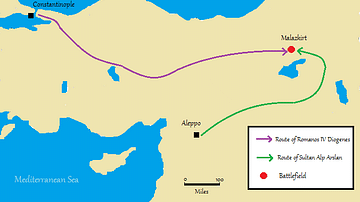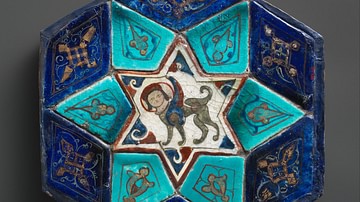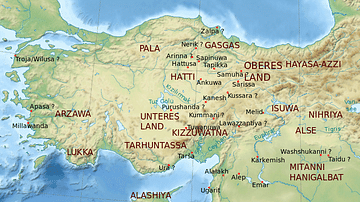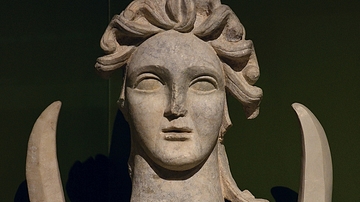Illustration
This map illustrates the rise and growth of the Seljuk Sultanate of Rum (the name "Rûm" was a synonym for the medieval Eastern Roman Empire and its people, a usage that continues in modern Turkish. It originates from the Aramaic and Parthian terms for Rome passed down through the Greek Ῥωμαῖοι" Romaioi") – a culturally Turco-Persian Sunni Muslim state established over conquered Byzantine territories in Anatolia following the Seljuk victory at the Battle of Manzikert in 1071.
The sultanate seceded from the Seljuk Empire, with its capital initially in Nicaea and later in Iconium (modern-day Konya). At its peak during the late 12th and early 13th centuries, the Sultanate of Rum expanded its territory, securing key Byzantine ports and establishing strong trade ties, particularly with the Genoese. However, it faced significant challenges from the Crusades and ultimately fell to the Mongol invasion after the Battle of Köse Dağ in 1243, becoming a vassal of the Ilkhanate. The sultanate's decline in the late 13th century led to the rise of various Anatolian beyliks, including the Ottoman dynasty, which eventually reunified Anatolia and formed the Ottoman Empire.
About the Author
External Links
Cite This Work
APA Style
Netchev, S. (2024, September 06). The Seljuk Sultanate of Rum, c. 1200. World History Encyclopedia. Retrieved from https://www.worldhistory.org/image/19415/the-seljuk-sultanate-of-rum-c-1200/
Chicago Style
Netchev, Simeon. "The Seljuk Sultanate of Rum, c. 1200." World History Encyclopedia. Last modified September 06, 2024. https://www.worldhistory.org/image/19415/the-seljuk-sultanate-of-rum-c-1200/.
MLA Style
Netchev, Simeon. "The Seljuk Sultanate of Rum, c. 1200." World History Encyclopedia. World History Encyclopedia, 06 Sep 2024, https://www.worldhistory.org/image/19415/the-seljuk-sultanate-of-rum-c-1200/. Web. 11 May 2025.








